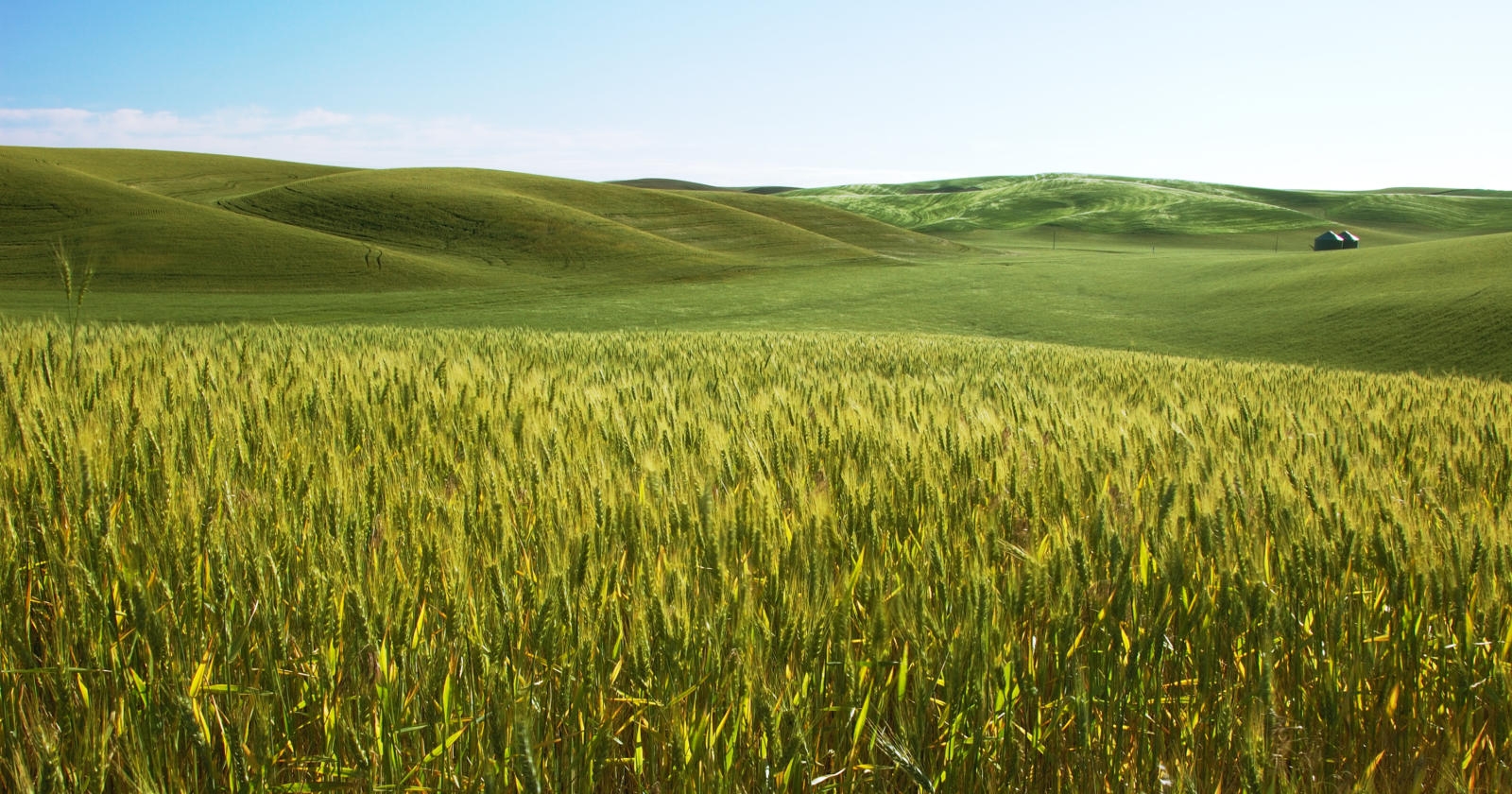Cycles of time are central to Jewish life. Just as Shabbat punctuates the week, so too the holidays punctuate the year.
Less known, but no less central in the Jewish cycle of time, is Shmita, the “year of release,” which is more widely known as the sabbatical year. The next Shmita falls in the Jewish year 5789, which begins on Sept. 20, 2028.
Just as the Torah calls for Jews to work six days and rest on the seventh, it calls for them to work the land six days and let it rest in the seventh. After 49 years, seven cycles of seven, the 50th is Yovel – the Jubilee year. However, the Jubilee year has not been marked for centuries.
In the Shmita year, debts are to be forgiven, agricultural lands to lie fallow, private land holdings to become open to the commons, and staples such as food storage and perennial harvests to be freely redistributed and accessible to all.
With your help, My Jewish Learning can provide endless opportunities for learning, connection and discovery.
The first reference to Shmita is in the Book of Exodus (Exodus 23:10-11):
For six years you are to sow your land and to gather in its produce, but in the seventh, you are to let it go [tishm’tenah] and to let it be [u’nitashta], that the needy of your people may eat, and what remains, the wildlife of the field shall eat. Do thus with your vineyard, with your olive grove.
Shmita is further discussed in the Mishnah and Talmud, particularly in Seder Zeraim, the section pertaining to agricultural laws of Israel. In the 11th century, Maimonides (Rambam) further elaborated on the laws in his master work, the Mishneh Torah, which includes a section addressing Shmita both from an agrarian and economic perspective.
Because the laws were interpreted to pertain exclusively to the Land of Israel, they were not a major Jewish focus for the almost 2,000 years in which few Jews lived in Israel. As Jews began returning to Israel in large numbers, in the late 19th and early 20th century, Shmita created some significant hurdles and questions for those early communities in Israel, trying on the one hand, to keep true to the ancient law of the land, and, on the other hand, to meet the conditions necessary for comforts they had grown accustomed to in modern European agricultural and economic systems.
Shmita continues to be a very real part of the religious, agricultural, and economic reality in Israel today, and one that is simultaneously both very exciting and very challenging.
READ: Understanding Shmita, Israel’s Agricultural Shabbat
Today, Shmita challenges all who learn about it to think about what our obligations are to land and people in general, and to land and people within the Jewish world and in Israel, in particular.
In recent years, a growing movement of thinkers and activists has pointed to Shmita as a means of addressing the global environmental problems and economic instability of the 21st century and of challenging contemporary expectations of continual economic growth, development, and individual gains.
Adapted with permission from The Hazon Shmita Sourcebook. Hazon, which means “vision” in Hebrew, is America’s largest Jewish environmental organization and aims to create healthier and more sustainable communities in the Jewish world and beyond. hazon.org
Shabbat
Pronounced: shuh-BAHT or shah-BAHT, Origin: Hebrew, the Sabbath, from sundown Friday to sundown Saturday.
Torah
Pronunced: TORE-uh, Origin: Hebrew, the Five Books of Moses.



